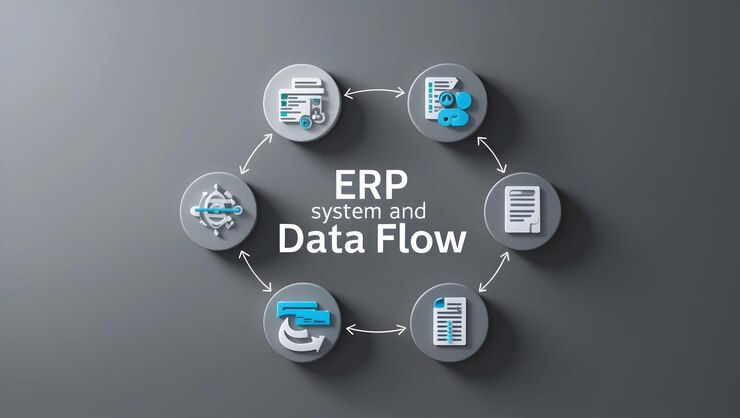



2025: The Year of Adjustable-Rate Mortgage (ARM) Refinancing

The year 2025 is set to be a crucial turning point for homeowners with adjustable-rate mortgages (ARMs). Many borrowers who locked in historically low introductory rates over the past several years will now face rate adjustments as their fixed periods expire. With rising interest rates and economic uncertainty, homeowners will need to explore refinancing options to maintain manageable monthly payments and financial stability.
Adjustable-rate mortgages typically begin with a fixed, low-interest period—often lasting five, seven, or ten years—before switching to variable rates that adjust annually. As these fixed periods expire in 2025, many homeowners may experience substantial payment increases due to the current higher interest rate environment. For borrowers who secured ARMs in 2020 or earlier, when rates were at historic lows, the shift to adjustable rates could mean significant financial strain.
Refinancing will be the most viable solution for many homeowners looking to avoid payment shock. While fixed mortgage rates have risen since their pandemic-era lows, they may still offer a more predictable and stable alternative to fluctuating ARM rates.
Flexible-Rate Borrowers: Lucrative Investment Potential

Flexible-rate borrowers present a unique and profitable opportunity for financial institutions, lenders, and investors seeking high-yield returns. These borrowers opt for loans with variable interest rates, allowing their payments to fluctuate based on market conditions. While some view this as a risk, it can be a strategic financial tool that benefits both the borrower and the lender when approached correctly.
The appeal of flexible-rate loans lies in their initial lower interest rates compared to fixed-rate options. Borrowers are attracted to these loans due to their affordability in the short term, especially in a low-interest-rate environment. However, as rates adjust periodically based on economic indicators, lenders can capitalize on rising interest rates, resulting in higher returns over time. This makes flexible-rate lending a particularly attractive avenue for financial institutions looking to maximize profitability.
Investors and lenders can leverage this borrower segment by tailoring loan products that align with market trends and borrower behaviors. Advanced risk assessment tools and AI-driven analytics help financial institutions identify borrowers with strong repayment potential while mitigating default risks.
Unlocking the Potential of Balloon Mortgage Leads
Balloon mortgage leads represent an often-overlooked yet highly valuable market segment for lenders, real estate investors, and financial service providers. These leads consist of homeowners and property buyers who have opted for a balloon mortgage—a loan structure that requires small monthly payments for a fixed term, followed by a large final payment. As the end of the loan term approaches, borrowers must either refinance, sell the property, or pay off the remaining balance in full. This creates a prime opportunity for businesses offering mortgage refinancing, debt consolidation, real estate services, and financial planning solutions.
The value of balloon mortgage leads lies in their urgency. Unlike traditional mortgage holders who make consistent payments over decades, balloon mortgage borrowers face a significant financial decision when their loan matures. Many will need refinancing options, alternative loan structures, or assistance in selling their property to meet their financial obligations. Companies that can reach these individuals with well-timed, targeted offers stand to benefit immensely. By leveraging detailed consumer data, businesses can identify borrowers who are nearing their loan’s maturity date and tailor their outreach accordingly.

The Jumbo Loan Market: High Stakes, High Rewards
Pre-Qualified Renters: Ready-to-Buy Borrowers
Bankruptcy Mailers: A Market with High Response Rates
Targeted bankruptcy mailers present a highly effective marketing opportunity for businesses aiming to reach individuals undergoing financial difficulties. These mailers focus on a specific audience—people who have recently filed for bankruptcy or are in the process of financial restructuring—making them highly receptive to relevant offers. Since individuals facing bankruptcy often seek solutions, services, and financial guidance, bankruptcy mailers generate strong response rates and provide businesses with a reliable way to connect with potential customers in need.
The effectiveness of bankruptcy mailers lies in their precision targeting. Unlike broad marketing campaigns that reach an untargeted audience, bankruptcy mailers use verified data to ensure that messages are sent to those most likely to engage. These campaigns are structured to deliver relevant offers, such as legal assistance, credit repair, financial counseling, secured credit cards, debt consolidation services, and even discounted consumer products for those looking to rebuild their financial stability. By addressing immediate needs, bankruptcy mailers create a sense of urgency, prompting recipients to take action.
Additionally, direct mail remains a trusted and personal form of communication, making it ideal for sensitive financial matters. Recipients are more likely to engage with physical mail compared to digital ads, which can be easily ignored or blocked. A well-crafted bankruptcy mailer with a compelling message, clear call-to-action, and professional design can significantly improve response rates.
Businesses that leverage bankruptcy mailers can benefit from a steady stream of leads and conversions. By providing solutions to financially distressed individuals, companies not only drive sales but also establish long-term customer relationships. With the right targeting, messaging, and execution, bankruptcy mailers offer a high-ROI marketing channel for businesses that cater to this niche yet highly responsive audience.


